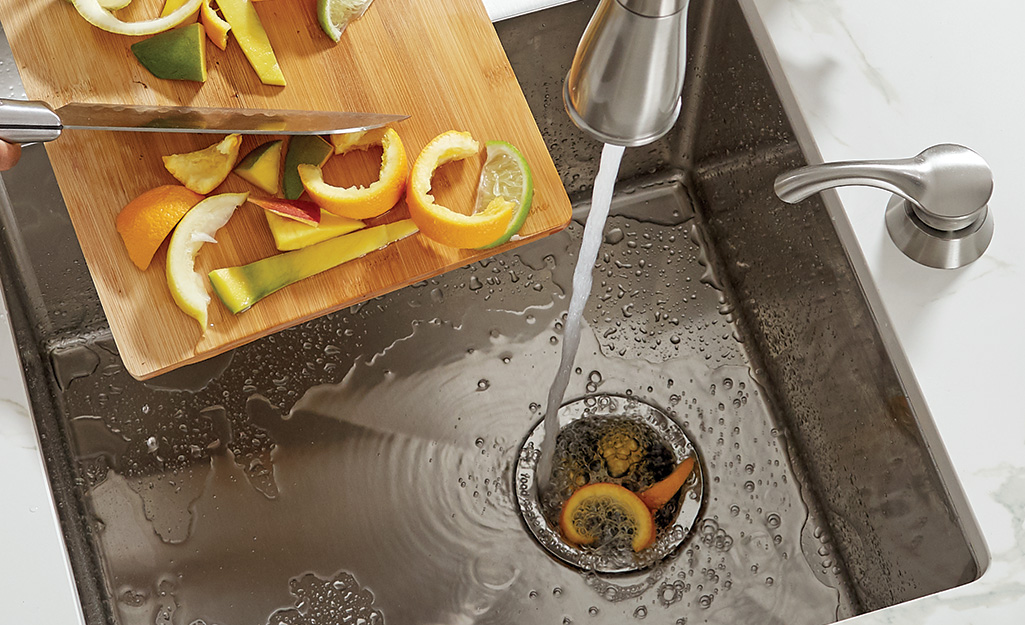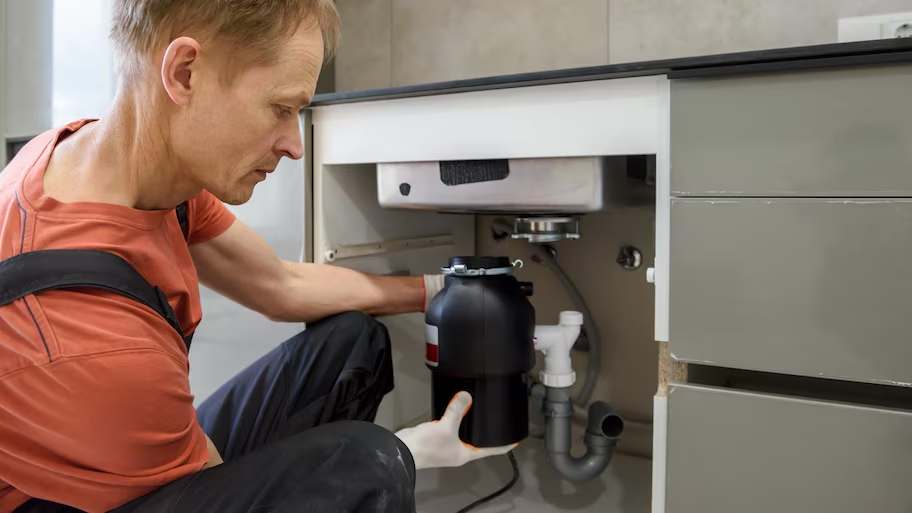The article following next pertaining to How to fix a pretty consistent leak from my garbage disposal is pretty much interesting. Don't bypass it.

Waste disposal unit are essential cooking area devices that help in dealing with food waste efficiently. Nevertheless, a dripping garbage disposal can be an aggravating and unpleasant problem to take care of. Luckily, lots of leaks can be fixed conveniently with a few basic actions. In this write-up, we will certainly go over exactly how to repair a leaking waste disposal unit successfully.
Intro
Garbage disposals are installed under kitchen sinks and are designed to shred food waste into smaller sized pieces, enabling it to pass through the pipes system conveniently. While these devices are normally reputable, leakages can take place over time because of damage, loosened connections, or damages to the unit.
Step-by-Step Guide to Taking Care Of a Dripping Garbage Disposal
Shut off the Power
Before trying any type of fixings, ensure that the power to the garbage disposal unit is shut off to prevent the risk of electric shock.
Situate the Leakage
Determine the precise location of the leakage and figure out the reason
Tighten Links
Utilize a wrench to tighten up any type of loose links between the disposal unit and the pipes system.
Replace Seals or Gaskets
If the leakage is because of used seals or gaskets, eliminate the old elements and change them with new ones.
Patching Splits or Holes
For splits or holes in the disposal system, usage epoxy or an appropriate patching product to seal the damaged area.
Determining the Resource of the Leak
Before trying to fix a leaking waste disposal unit, it is essential to determine the resource of the leak. This can usually be done via aesthetic inspection or by conducting easy examinations.
Visual Assessment
Evaluate the waste disposal unit device carefully for any type of indications of water leakage. Pay very close attention to areas around seals, gaskets, and connection points.
Testing for Leakages
One means to check for leakages is by running water via the disposal device and looking for any visible indications of leak.
Usual Reasons For Leaks in Garbage Disposals
Worn Seals and Gaskets
Seals and gaskets play a vital function in avoiding water from leaking out of the garbage disposal. Over time, these parts can wear away, resulting in leakages around the disposal system.
Loose Connections
The links between the waste disposal unit and the pipes system can come to be loosened in time, triggering water to leakage out throughout procedure.
Fractures or Openings in the Disposal Unit
Physical damages to the garbage disposal, such as splits or openings in the housing, can also lead to leakages.
Tools and Products Needed for Dealing With a Dripping Waste Disposal Unit
Prior to starting the repair process, collect the essential devices and products, including a screwdriver, adjustable wrench, plumbing technician's putty, replacement seals or gaskets, and epoxy or patching product for repairing fractures or openings.
Evaluating the Garbage Disposal After Repair Work
As soon as the repair service is complete, evaluate the waste disposal unit by running water via it to ensure that the leakage has been dealt with.
Preventive Maintenance Tips to Prevent Future Leaks
To avoid future leakages, it is necessary to carry out routine upkeep on your waste disposal unit. This includes keeping it clean, preventing placing non-food products or hard items down the disposal, and periodically checking for leakages or other concerns.
Final thought
Finally, repairing a dripping waste disposal unit is a relatively uncomplicated procedure that can be finished with fundamental devices and products. By adhering to the steps described in this write-up and exercising precautionary maintenance, you can keep your garbage disposal in good working condition and prevent costly repair work in the future.
What to Do About a Leaking Garbage Disposal
A leaking garbage disposal often goes unnoticed until you confront a sopping cabinet, a foul-smelling puddle, or an audible drip-drip-drip from the unit. The fix can be frustrating, too, because the leak can stem from a number of components in the system. Fortunately, with a little sleuthing, you can zero in on the leak and—depending on the exact location—stop the icky oozing and repair the component that caused it. Worst case scenario, if it turns out that the garbage disposal must be replaced, installing a new one is a reasonable do-it-yourself task for those with basic plumbing skills. Read on to keep the cash you’d otherwise hand over to a pro.
Prepare to find the leak
Prior to testing the garbage disposal for leaks, unplug it at the wall outlet and turn off the power from the breaker box to prevent electrical shock. Then insert a watertight sink stopper into your sink drain and wipe the unit dry with a clean cloth. In any handy container, mix a few drops of food coloring into a few cups of water, and pour the dyed water onto the sink stopper to help you locate the leak.
Investigate the source
the top, where the disposal meets the sink drain the side, where the dishwasher hose or main drain pipe connects to the disposal or the bottom of the unit Inspect each of these locations while gliding a light-colored rag over the unit; the dyed water will readily show on the rag and reveal the location of the leak. If a leak isn’t immediately apparent, remove the sink stopper and pour a few more cups of dyed water down the sink drain, then check for leaks again. Leaks near the top of the unit are more likely to show themselves while the sink is plugged, while side and bottom leaks are more noticeable while the sink is unplugged.
The metal sink flange that sits directly inside the sink drain is typically sealed around the top with plumber’s putty (a clay-like sealant) and then secured from under the sink with bolts. If the plumber’s putty deteriorates, or the bolts loosen, the flange can no longer form a watertight seal between the sink drain and the disposal—which could cause a leak at the top of the unit.
To reseal the leaky flange, you must first detach the garbage disposal. Start by loosening the screws securing the main drain pipe to the disposal, then loosen the screws in the metal clamp securing the dishwasher hose to the disposal and detach the drain pipe and dishwasher hose from the disposal. Loosen the screws in the mounting ring that connects the disposal to the metal mounting assembly beneath the sink, then pull down the disposal and carefully set it on a clean, dry surface. Loosen the bolts in the mounting assembly with a wrench, then pull down the mounting assembly and set it near the disposal.

Do you really like reading up on Why Is ? Post feedback directly below. We would be glad to listen to your responses about this review. Hoping that you visit us again before long. Loved our blog entry? Please share it. Let other people check it out. I treasure reading our article about The Handy Guide To Fixing Your Garbage Disposal Leaking.
Click Here